Baby girl PTM (16 months old, in Can Duoc, Long An ) was taken to the emergency room by her family with purple lips and blue skin.
Medical history showed that at about 2 p.m. on the day of admission, the child ate crab and spinach pureed and cooked with rice, using well water for cooking. About 1 hour after eating, while playing, the child showed signs of being startled, with purple lips and blue skin. The family took the child to the City Children's Hospital for examination.
On June 19, specialist doctor 2 Nguyen Minh Tien, Deputy Director of the City Children's Hospital, said that when admitted to the hospital, baby M. was fussy, had no fever, no wheezing, no wheezing, no vomiting... The child was tested for blood samples exposed to the air. 1 ml of blood was taken in a 10 ml syringe, the needle cap was shaken 50 times, the dark brown color of the blood did not change (did not turn red), proving that the child had methemoglobinemia (red blood cells containing hem F3+ cannot bind to oxygen to turn into red blood). The child was diagnosed with cyanosis of unknown cause, and methemoglobinemia was monitored.
The child was immediately treated with oxygen, injected with the antidote methylene blue (methylthioninium) 1 mg/kg slowly intravenously, and given activated charcoal to remove the poison from the digestive tract. After 5-10 minutes of injecting methylene blue, the child gradually turned rosy.
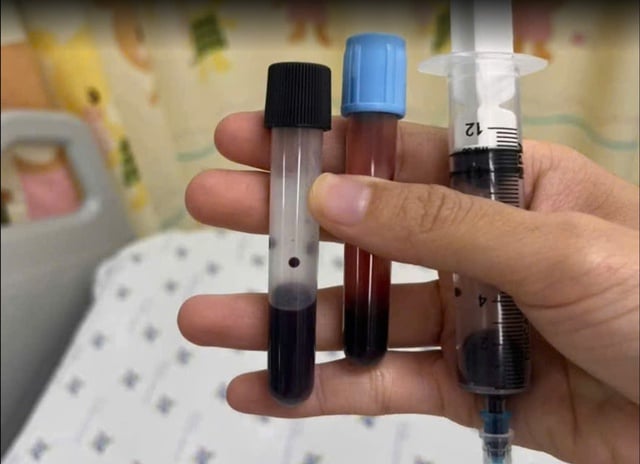
Baby girl's blood turns dark brown
PHOTO: BVCC
Be careful when using well water for cooking, do not use beetroot juice to mix with milk.
Methemoglobin poisoning is often caused by eating and drinking with high amounts of nitrites commonly found in beets, carrots, well water or dyes, gunpowder, antibiotics... Normally, the body has an enzyme system that reduces Fe3+ to Fe2+, which means converting methemoglobin to normal hemoglobin, so the MetHb concentration in red blood cells should be kept below 1%. When children are exposed to many oxidizing substances, exceeding the body's reduction capacity, it leads to increased methemoglobin in the blood, causing a lack of oxygen in the tissues and the patient's skin becomes purple.
High levels of ammonia in some wells are often a sign of contamination by organic nitrogen-containing substances, such as sewage, fertilizers, or livestock waste. In the presence of oxygen, ammonia can be converted to nitrite and nitrate, two compounds that can have adverse health effects. Nitrites are particularly dangerous because they can cause methemoglobinemia (lack of oxygen in the blood), especially in infants.
Through this case, Dr. Tien reminded parents to be careful when using well water for cooking, because well water contains a lot of nitrate - an oxidizing agent that causes red blood cells hem F2+ to F3+, which is unable to bind oxygen to bring to the body's tissues for use. This leads to cyanosis, tissue hypoxia causing anaerobic metabolism, increasing blood lactate, metabolic acidosis. In the context of increasingly polluted water sources, the use of tap water is recommended for families for daily life and cooking.
"In addition, some vegetables such as amaranth, beetroot, etc. have high nitrate content. Using water boiled from these vegetables to mix with breast milk (because you think the red color nourishes the baby's blood) can cause methemoglobinemia, especially in premature babies," the doctor shared.
Source: https://thanhnien.vn/sau-khi-an-canh-ghe-cai-nau-bang-nuoc-gieng-mau-be-gai-chuyen-nau-den-185250619152723631.htm















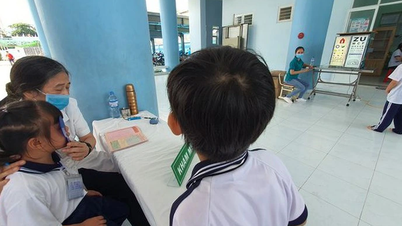







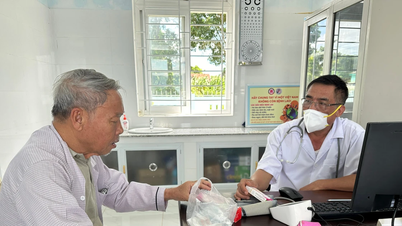













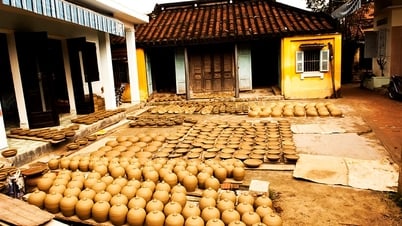











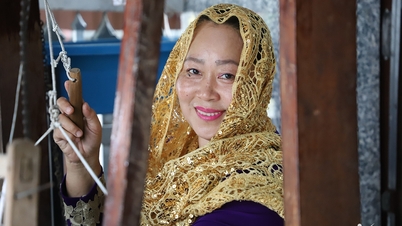










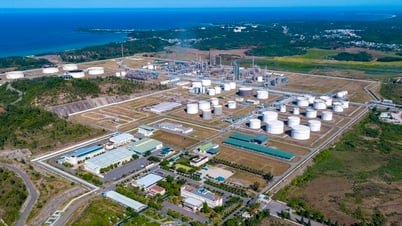












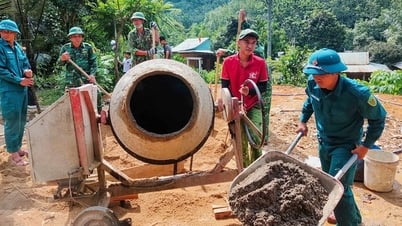

















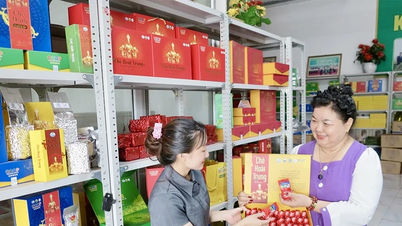



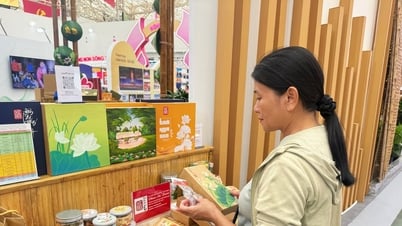






Comment (0)